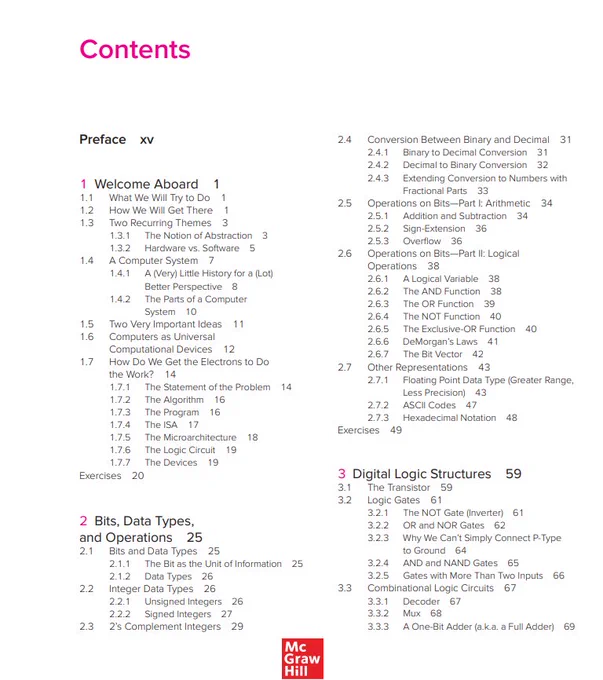Tech Addict, Ubuntu Gnu/Linux Fan, Nim/Qt Developer
Muscat, Oman
Joined February 2009
- Tweets 11,815
- Following 7,500
- Followers 1,089
- Likes 28,205
Sultan Al Isaiee ❤ 🇴🇲 retweeted
Another Nim C2-Framework developed by @virtualloc. Can't believe you actually wrote the whole client in Nim as well 😂 Nice one!
github.com/jakobfriedl/conqu…
Including a Blog for parts of it:
jakobfriedl.github.io/blog/n…
Sultan Al Isaiee ❤ 🇴🇲 retweeted
The right way to learn C is to understand how it translates to assembly/machine code and what the CPU will do as a result.
Presenting - "C Language (Using RISC-V ISA)"
This course dives into the practical applications of the C language, emphasizing hands-on learning to solidify key concepts. Delivered in an engaging and unconventional style, the lessons go beyond theory, equipping you with the skills to apply C programming in real-world scenarios.
By the end of the course, you’ll feel confident in your mastery of the C language, adept at using it alongside the tools and utilities professional C programmers rely on daily.
Check the contents and details here: pyjamabrah.com/c/
Sultan Al Isaiee ❤ 🇴🇲 retweeted
Summary Of How Fil-C Works (With Links)
Fil-C achieves memory safety for C and C++ code by transforming all unsafe operations in LLVM IR into code that does dynamic checking to catch all violations of Fil-C’s rules (fil-c.org/compiler). Most of that is about transforming all operations involving `ptr` type to use InvisiCaps (fil-c.org/invisicaps).
I’ve also written about InvisiCaps using examples of issues that this catches (fil-c.org/invisicaps_by_exam…) and by doing a deep dive into the disassembly of a simple program (fil-c.org/compiler_example).
InvisiCaps could work with a variety of memory management schemes, including sufficiently segregated malloc/free. However, they can produce the best guarantees with a GC. GC allows the `free()` operation to deterministically and atomically disable all pointers to the memory that was freed, so use after free, invalid free, and double free are all guaranteed to panic. (fil-c.org/fugc).
All C implementations rely on a runtime that provides helper functions for those operations that are just heavy enough to warrant outlining. Fil-C differs in that its runtime is bigger and involves a different ABI from Yolo-C (fil-c.org/runtime). The runtime’s job is also to provide a safepoint mechanism to support accurate GC and safe signal handling (fil-c.org/safepoints).
Despite the fact that Fil-C’s implementation strategy differs from Yolo-C’s, it’s possible to compile most C and C++ programs with Fil-C and they will work great with zero or minimal changes (fil-c.org/programs_that_work).
Because Fil-C is not ABI compatible with Yolo-C, installing Fil-C means installing a new ABI slice. Multiple approaches to this exist. The original approach I developed to get my own development bootstrapped is the pizfix (Pizlo’s prefix), which puts all Fil-C libraries into a local directory and the compiler knows to default to that directory for headers and libraries (fil-c.org/pizfix). A much more comprehensive approach is to just recompile all of the Linux userland (fil-c.org/pizlix). My favorite way to install Fil-C is the /opt/fil distribution. I’m currently working on making this include more programs and libraries. You should install this if you want to run a memory safe SSH server (fil-c.org/optfil). Folks have started to contribute their own Fil-C distributions. @meekaale created a Nix package of the Fil-C compiler, called Filnix (github.com/mbrock/filnix). @hashbreaker has a lot of notes about using Fil-C including scripts to set up Filian - Debian with a Fil-C variant (cr.yp.to/2025/fil-c.html).
Finally, Fil-C exposes a lot of power that you won’t get in Yolo-C, like for introspecting pointer capabilities and using advanced GC features. That api is easy to include and well documented (fil-c.org/stdfil).
Hope this helps you get started on your memory safe C and C++ journey!
Sultan Al Isaiee ❤ 🇴🇲 retweeted
You can now learn key cybersecurity concepts from Harvard professor Dr. David J. Malan right on the freeCodeCamp YouTube channel.
In this course, Dr. Malan teaches you how to secure your accounts, databases, software systems, and more.
You'll also learn how to protect your privacy and see examples of both high-level and low-level threats.
freecodecamp.org/news/learn-…
Sultan Al Isaiee ❤ 🇴🇲 retweeted
SHELLSILO is a new tool that converts C syntax into direct syscall assembly and shellcode, streamlining low-level operations for security professionals.
meterpreter.org/shellsilo-th…
Sultan Al Isaiee ❤ 🇴🇲 retweeted
A rich terminal UI for GitHub that doesn't break your flow, written in Go
#golang
github.com/dlvhdr/gh-dash
Sultan Al Isaiee ❤ 🇴🇲 retweeted
No more Microsoft Exchange. 🇩🇪German consultancy IAGO GmbH celebrates its decision to switch to Tuta Mail. 🎉
The benefit:
✅ Digital sovereignty
✅ Security
✅ GDPR-compliance
Check here what Niclas has to say about Tuta and what feature he loves most. ❤️
➡️ tuta.com/blog/iago-switched-…
#Privacy #DigitalSovereignty #EmailEncryption #MadeInGermany
Sultan Al Isaiee ❤ 🇴🇲 retweeted
Linux users, the Proton VPN CLI is now available!
It’s been one of the most requested features, and it’s now available on Ubuntu, Debian, and Fedora.
More details below ⬇️
1/3
Sultan Al Isaiee ❤ 🇴🇲 retweeted
لا تستهينوا بأصغر الاشياء
هذه بركة الله
سبحان الله يرزق من يشاء بغير حساب













































